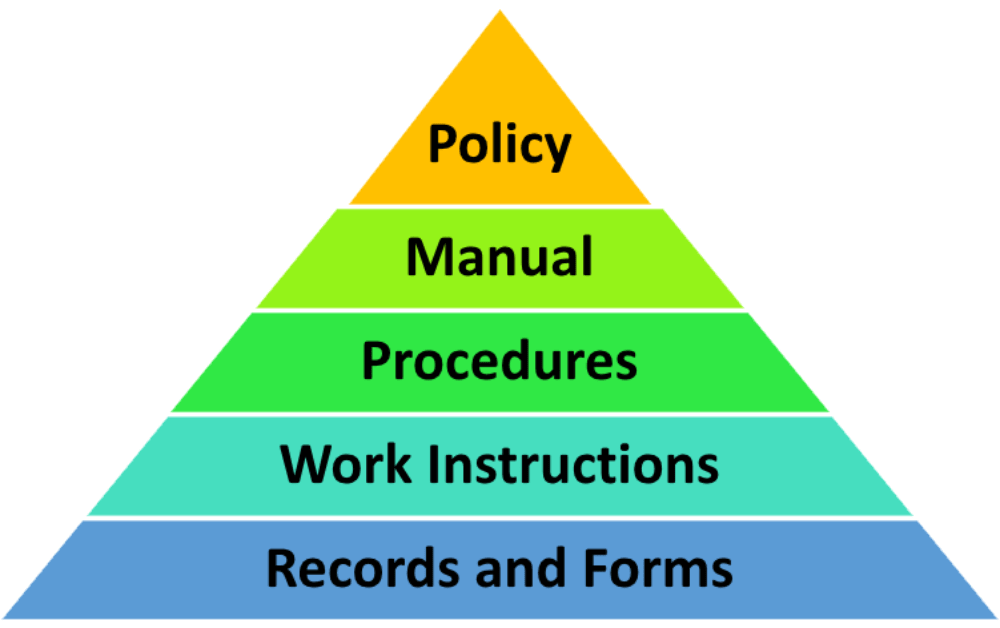In the realm of project management, the significance of databases cannot be overstated. They serve as the backbone for storing, organizing, and retrieving crucial information that drives decision-making processes and ensures the smooth operation of projects across various industries. From the construction sector to software development and beyond, databases have become indispensable tools for maintaining and retaining documented information. Let's delve into the historical context, advantages, and practical applications of databases in project management.A Brief Historical Overview:
The concept of databases traces back to the early days of computing when organizations began grappling with the challenge of managing vast amounts of data efficiently. In the 1960s, the emergence of the first database management systems (DBMS) laid the groundwork for modern database technology. Initially, databases were primarily used by large corporations and government agencies to handle complex data sets related to finance, inventory, and personnel.
As technology advanced, the proliferation of personal computers and the internet democratized access to databases, making them more accessible to businesses of all sizes. Today, databases power everything from e-commerce platforms to social media networks, underpinning the digital infrastructure that drives modern society.
Advantages of Database-driven Decision Making:
One of the most significant advantages of leveraging databases in project management is their role in facilitating data-driven decision-making. By centralizing project-related information within a structured database environment, stakeholders gain access to real-time insights that inform strategic choices and mitigate risks.
For instance, in the context of claims management and contract administration, a comprehensive database allows organizations to track contract milestones, monitor project expenditures, and assess potential risks associated with contractual obligations. By analyzing historical data stored in the database, project managers can identify patterns, anticipate challenges, and devise proactive strategies to address issues before they escalate.
Moreover, databases contribute to cost savings by streamlining administrative processes and optimizing resource allocation. In large-scale projects, efficient database management can prevent costly delays, minimize disputes, and enhance overall project efficiency.
Database Management in Construction Projects:
In the construction industry, where the stakes are high and timelines are often tight, databases play a pivotal role in managing project documentation, monitoring progress, and facilitating collaboration among stakeholders. From tracking construction milestones to managing procurement schedules and quality assurance protocols, databases provide a centralized platform for storing critical project data.
For example, a robust database management system allows construction companies to archive project blueprints, track material deliveries, and document change orders effectively. By maintaining a comprehensive record of project activities, stakeholders can address discrepancies, resolve disputes, and uphold contractual obligations with greater transparency and accountability.
Furthermore, databases serve as repositories of institutional knowledge, capturing lessons learned from past projects and informing future decision-making processes. By analyzing historical data trends and performance metrics, organizations can identify areas for improvement, refine best practices, and enhance project outcomes over time.
The Importance of Quality Assurance:
While quality control measures are essential for ensuring compliance with project specifications and industry standards, quality assurance mechanisms are equally crucial for maintaining the integrity and reliability of project documentation. By implementing robust quality assurance protocols, organizations can establish standardized procedures for data validation, verification, and documentation management.
In the context of construction projects, quality assurance encompasses a comprehensive approach to risk management, compliance monitoring, and continuous improvement. By prioritizing data integrity and accuracy, construction firms can enhance stakeholder confidence, mitigate legal liabilities, and foster a culture of accountability across the organization.
In conclusion, the effective management of documented information is indispensable for the success of any project, regardless of its scale or complexity. By harnessing the power of databases, organizations can streamline workflows, enhance decision-making processes, and drive sustainable growth in an increasingly competitive landscape. As we navigate the evolving demands of the digital age, investing in robust database infrastructure remains a cornerstone of project management excellence.




